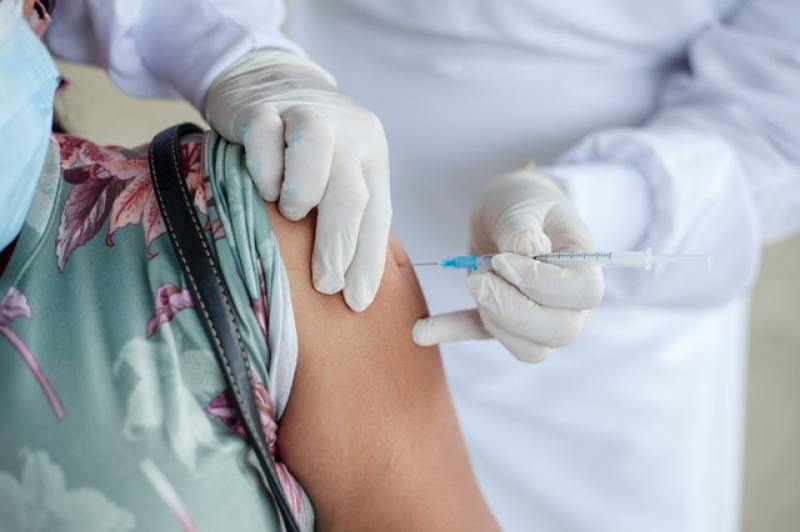
Health authorities in the U.S., especially the Centers for Disease Control and Prevention (CDC) have long touted the safety and efficacy of COVID vaccines. In its latest guidance for America, it even recommends COVID shots for "everyone ages 5 years and older." The agency outlines several "adverse events of interest" such as anaphylaxis, thrombosis with thrombocytopenia syndrome (TTS), Guillain-Barré Syndrome (GBS), myocarditis and pericarditis, and even death, all of which they claim to be "rare."
But just how rare are these "adverse events of interest" really?
Researchers at Columbia University sought to answer the question as to how many people experience adverse events from the COVID vaccine. Using the CDC's Vaccine Adverse Event Reporting System (VAERS), which is a "national vaccine safety monitoring system that accepts reports of adverse events after vaccination," researchers took a closer look at the data to find out just how many people are experiencing adverse events or are even dying after receiving a COVID vaccine, NOQ Report revealed.
The study by Dr. Spiro P. Pantazatos, an Assistant Professor of Clinical Neurobiology (Psychiatry) at Columbia University, was titled "COVID vaccination and age-stratified all-cause mortality risk." The study, which was co-authored by researcher Herve Seligmann, was published in ResearchGate.
Dr. Robert Malone, who contributed to mRNA vaccines and is now a staunch opposer of the vaccine technology took to Twitter on Wednesday to share the study, highlighting how researchers wrote that the results from the study "suggests the risks of COVID vaccines and boosters outweigh the benefits in children, young adults and older adults with low occupational risk or previous coronavirus exposure."
According to the study, "accurate estimates" of the adverse events and deaths linked to the COVID vaccine is "critical" in determining the risk-benefit ratio of the shots and its boosters. Researchers argued that current surveillance studies are simply unsuitable for estimating life-threatening events or vaccine-induced fatality rates (VFR). Researchers wrote that in the study, "regional variation in vaccination rates was used to predict all-cause mortality and non-COVID deaths in subsequent time periods using two independent, publicly available datasets from the US and Europe."
Researchers found that "Vaccination correlated negatively with mortality 6-20 weeks post-injection, while vaccination predicted all-cause mortality 0-5 weeks post-injection in almost all age groups and with an age-related temporal pattern consistent with the US vaccine rollout."
They also found a U.S. national average vaccine-induced fatality rates or VFR of 0.04% and higher VFR with age. For those aged 0 to 17, they had a VFR of 0.004%, while those aged 75 and above had a VFR of 0.06%. Data showed that there were over 146,000 to 187,000 vaccine-related deaths in the U.S. alone between February to August 2021. The researchers wrote, "Notably, adult vaccination increased ulterior mortality of unvaccinated young."
In addition, researchers pointed out how their VFR estimates were higher than CDC's reported VFR of 0.002%, which "suggests VAERS deaths are underreported by a factor of 20, consistent with known VAERS under-ascertainment bias."
This led researchers to conclude that "the risks of COVID vaccines and boosters outweigh the benefits in children, young adults and older adults with low occupational risk or previous coronavirus exposure."
Researchers highly suggest reviewing public health policies with regards to COVID vaccine boosters and workplace and school mandates that have proliferated across America today.
COVID vaccination and age-stratified all-cause mortality risk
... suggests the risks of COVID vaccines and boosters outweigh the benefits in children, young adults and older adults with low occupational risk or previous coronavirus exposure.https://t.co/eiGoHVzrqE"” Robert W Malone, MD (@RWMaloneMD) December 15, 2021


























